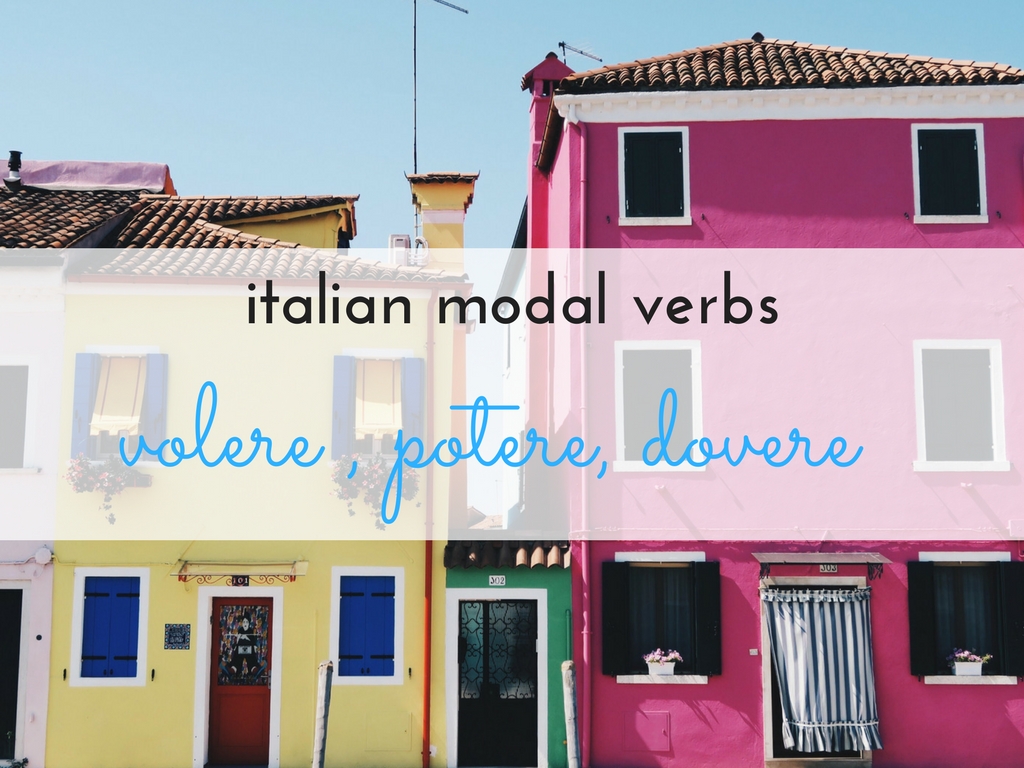
by Serena | Dec 9, 2023 | Italian grammar, beginners, intermediate
How to Conjugate ‘Piacere’ As you might already know, piacere (and a few other verbs that I will list at the end of this post) doesn’t follow a regular conjugation pattern, and it’s used differently from its equivalent in English...

by Serena | Dec 8, 2023 | Italian grammar, advanced
Uses of “Più” and Its Combinations The Italian word più means “more” in English. However, it can appear in several different combinations, each with its own specific usage and meaning. Different Forms of “Più” PiùMoreUsed...

by Serena | Dec 8, 2023 | Italian grammar, advanced
One of the most common questions I receive from my students is about adjective placement in Italian. Specifically, they want to know: should I say “buon amico” or “amico buono”? The answer isn’t as straightforward as you might think,...

by Serena | Dec 8, 2023 | Italian grammar, advanced
What is the Gerund in Italian? In Italian, the gerundio can be used in two ways. It can be used on its own or in combination with the verb stare. The gerundio is formed by combining the stems of infinitive verbs with the endings -ando (for “are” verbs) and...

by Serena | Feb 13, 2023 | intermediate, beginners, Italian grammar
Italian Modal Verbs What’s the Difference Between the Italian Modal Verbs and Other Types of Verbs? When your teacher (or your book) is telling you “this is a modal verb,” there’s no need to panic! Saying a verb a is...

by Serena | Dec 8, 2023 | Italian grammar, beginners
Italian, like many other languages, has different forms of address that reflect the level of formality in a given situation. The use of “tu” is informal, and it’s typically used between friends, family members, or close acquaintances. On the other...








